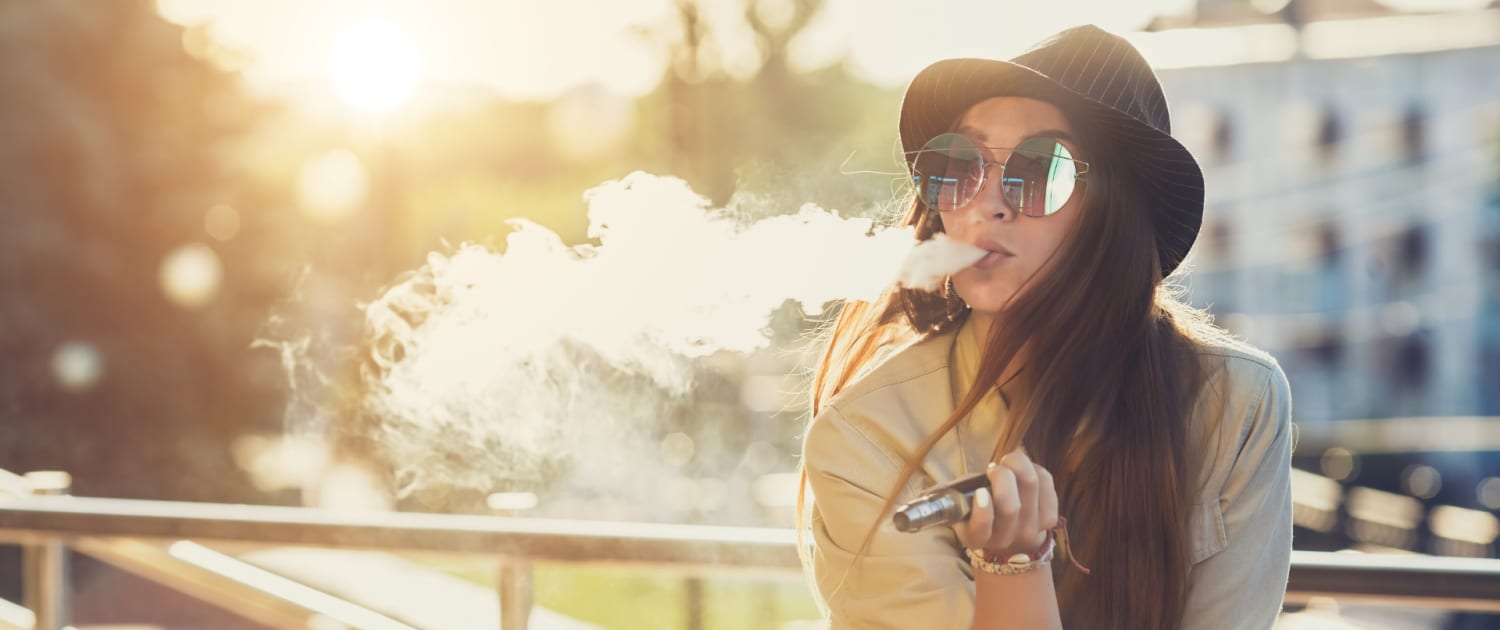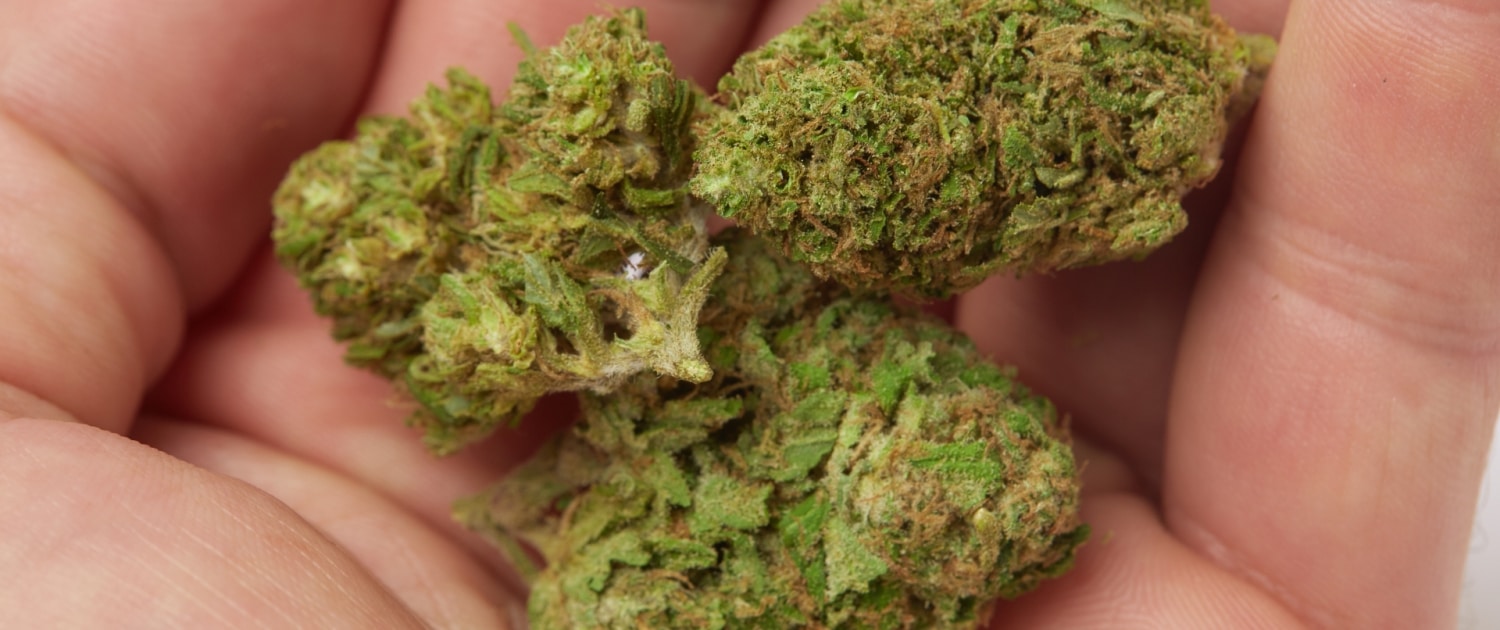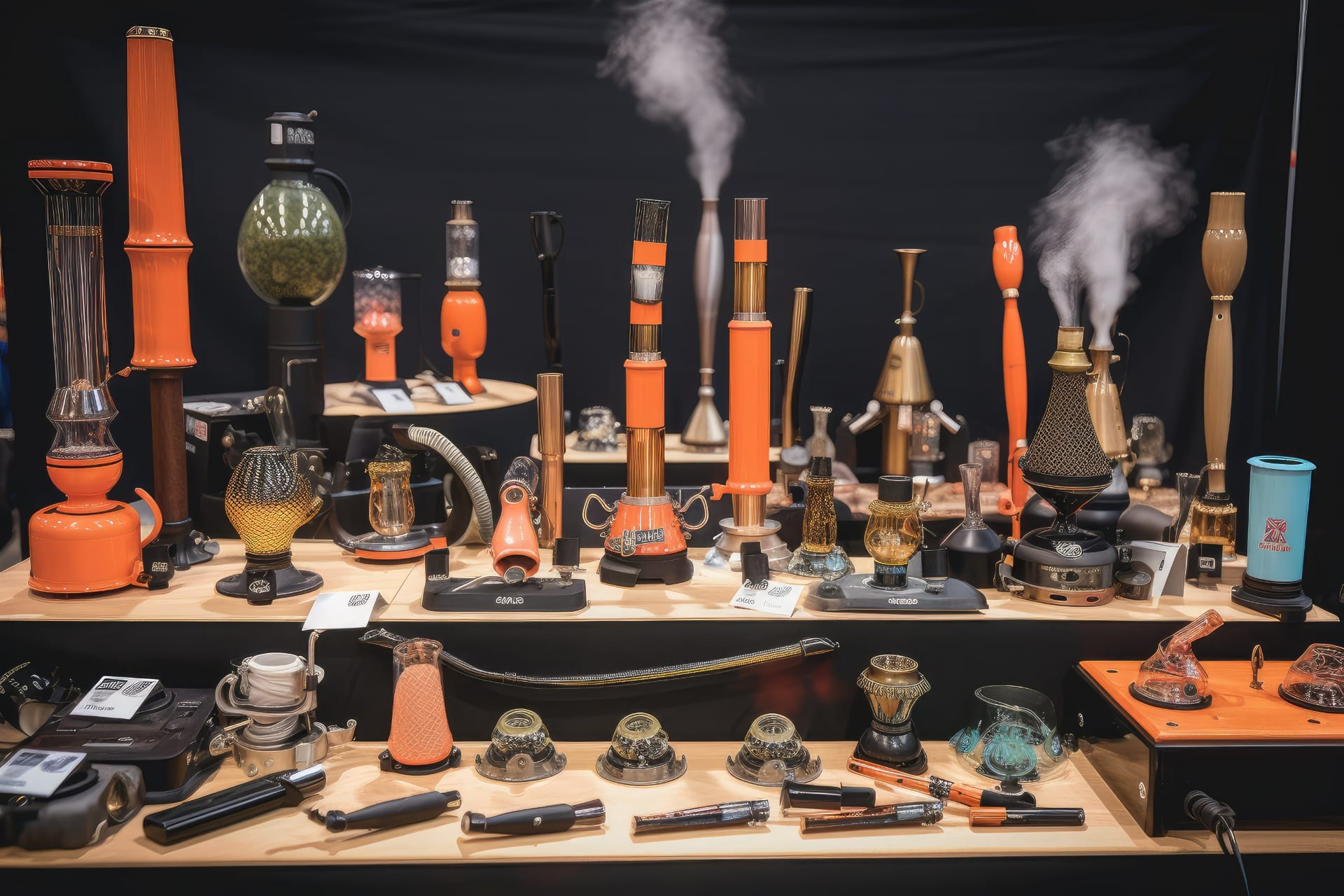What Is a Weed Hangover & How To Prevent One
A weed hangover is a real thing, especially for people who consume larger amounts of cannabis or use strains with high THC.
Just like drinking alcohol, the effects of cannabis don’t always vanish overnight. Some users wake up with residual tiredness, brain fog, or dry mouth that can affect their whole day.
This guide breaks down what a weed hangover is, what causes it, how to recognize the signs, and—most importantly—how to prevent and recover from one.
Can You Get a Weed Hangover? What Is It?
Yes, you can. A weed hangover is the term people use to describe lingering effects from cannabis that carry over into the next day. While it’s not quite the same as an alcohol hangover, it can leave you feeling mentally and physically off.
The effects of cannabis can sometimes last longer than you expect, especially if you consumed a high dose of THC, used cannabis edibles, or didn’t sleep well after your session. The residual effects are typically mild but annoying enough to disrupt your productivity or energy.
It’s more likely to happen with:
- Late-night cannabis use
- High-THC strains or products
- Edibles or concentrated forms
- Dehydration or lack of food
Understanding how it works can help you stay one step ahead of the symptoms.

Common Symptoms of a Weed Hangover
Not every cannabis user will experience a hangover, but when they do, these are the symptoms to look out for:
- Mental fog: Trouble focusing or clear thinking. What seemed simple yesterday seems more mentally taxing today.
- Dry mouth and dry eyes: Lingering side effects that didn’t wear off completely overnight.
- Feeling tired: You might lack the drive to get up or feel physically slower.
- Mild nausea: Slight stomach discomfort, particularly if you didn’t eat well the night before.
- Headaches connected to dehydration: Not enough water during or after eating can cause your head to feel tight or heavy.
- Lack of drive: Not really sleepy, but certainly not in a go-getter attitude.
Though they can make your morning more difficult than necessary, these weed hangover symptoms often go away by noon.
What Causes a Weed Hangover?
Several factors can contribute to a cannabis hangover, and it’s rarely just one thing. Here are the most common causes:
- Overconsumption of THC: Strong strains or edibles with high THC levels can lead to a THC hangover the next day.
- Consuming cannabis before bed: It might help you fall asleep quickly, but it can also mess with your sleep cycle and leave you feeling groggy.
- Not eating properly: A poor diet before or after cannabis use can lead to mild nausea or low energy.
- Dehydration: Not drinking enough water is a common cause of dry mouth, headaches, and feeling sluggish.
- Low tolerance: If you’re new to cannabis or haven’t used it in a while, even a moderate amount can hit you harder and longer.
Being mindful of how and when you consume can make all the difference in how you feel the next day.

How to Prevent a Weed Hangover
Preventing a marijuana hangover in the first place is the best approach to avoid one. Here are a few clever practices that support
Stay Hydrated
Before, during, and after using cannabis, always stay hydrated. Water prevents dry mouth, headaches, and tiredness, as well as helps your body more effectively process THC.
Have a Balanced Meal
Eating a balanced diet high in proteins, healthy fats, and complex carbohydrates will help to stabilize your body and lower the intensity of the high. Don’t eat cannabis on an empty stomach.
Understand Your Boundaries
Especially with edibles or new strains, start slowly. Overdoing it or combining items increases your chance of a strong THC hangover. If you’re sensitive, choose lower-THC or CBD-rich alternatives.
Keep an Eye on the Time
Though it helps you fall asleep quickly, using cannabis too late in the night can compromise the quality of your sleep. Try to stay away from using it within an hour of sleep.
Pick the Appropriate Items
Consider changing to a cannabis flower with a fair THC/CBD ratio or trying microdosing rather than high-potency edibles or concentrates if you have experienced a marijuana hangover in the past. Some dispensaries, like a Los Angeles cannabis dispensary, can assist you in locating items that fit your tolerance.

Getting Rid of a Weed Hangover
Woke up already with a cannabis hangover? Not an issue. Here is how to recover and feel better more quickly:
Have Some Water – First Item
First, drink some water. Water, herbal tea, or a sports drink can help rehydrate you and flush any leftover THC metabolites from your body.
Have a Light, Healthy Breakfast
Choose something simple on the stomach, such as eggs, muesli, toast or fruit. Steer clear of overly processed or greasy meals. A good breakfast can provide you an energy boost and help to alleviate slight nausea.
Have a Shower
A warm shower can awaken your senses, enhance circulation, and clear brain fog. For certain individuals, switching between hot and cold water can boost energy and awareness.

Take Light Exercise and Fresh Air
A brief outdoor stroll can lift your spirits, start your blood pumping, and help you shake off the THC hangover effect. Physical activity helps the body to metabolise and clear remaining THC.
Consider Natural Cures
Lemon water, herbal teas such as ginger or peppermint, and B12, among other supplements, can help mental clarity and speed up recovery.
Rest and Take It Easy
Should you be able, stay away from major duties until later in the day. Most of the remaining consequences of a cannabis hangover vanish by afternoon, particularly if you handle your body well in the morning.

Take Care of Yourself to Avoid Weed Hangover
A marijuana hangover might catch you off guard once or twice, but it’s not inevitable. Knowing your tolerance, drinking water, and choosing your products wisely can help you avoid that next-day fog altogether.
Cannabis affects everyone differently. What leaves one person feeling mellow may leave another dealing with residual effects like dry eyes, sluggishness, or lack of focus. The good news is, it’s manageable—and with the right approach, preventable.
If you’re looking for more personalized recommendations, visit Canna Clinic for expert advice and high-quality cannabis options.





































